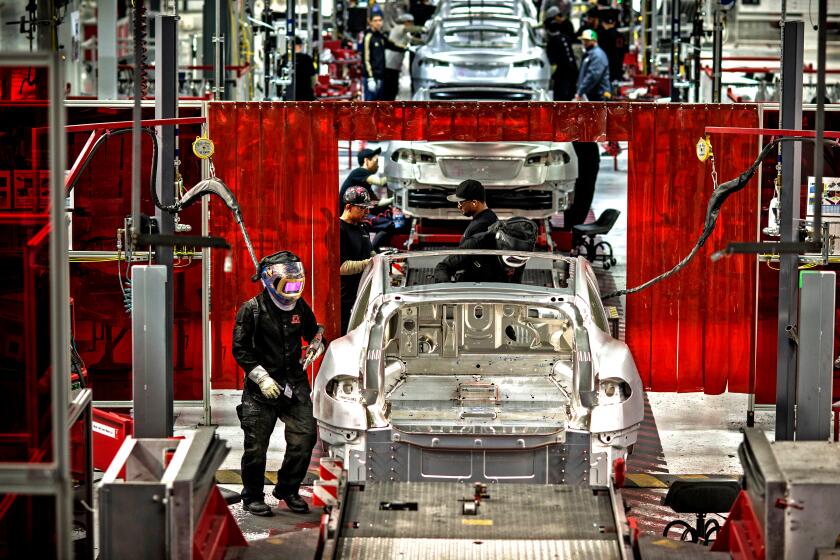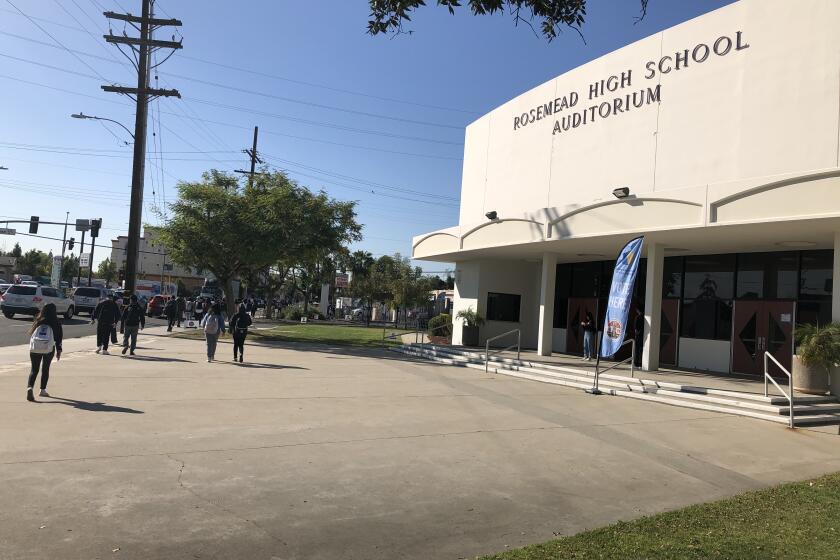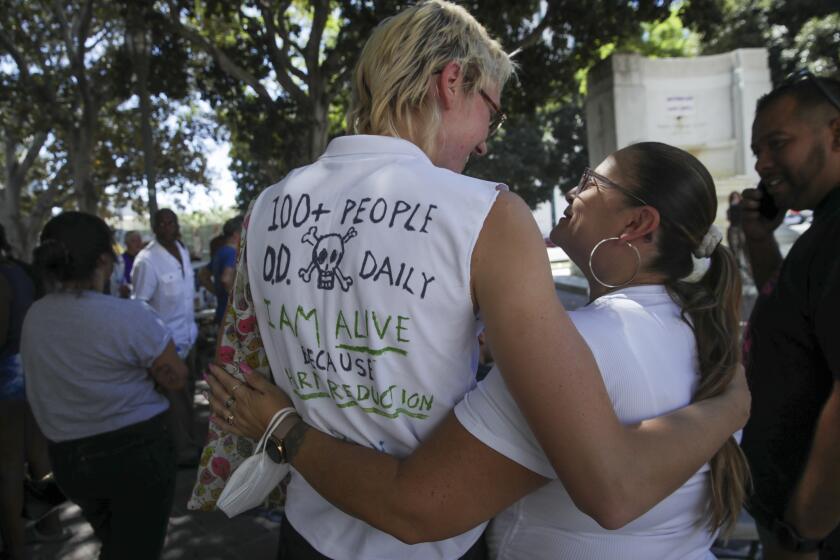Bay Area Restricts ‘Flaring’
San Francisco area smog officials on Wednesday approved the nation’s first rule requiring oil refineries to reduce the air pollution they generate by flaring, or openly burning gases.
Southern California air quality officials plan to impose similar limitations later this year.
The regulation to reduce flaring, approved Wednesday by the Bay Area Air Quality Management District, follows years of complaints by community groups in Richmond, where refineries were regularly burning excess gases.
After air quality officials agreed to monitor the practice, they found it was responsible for eight tons of pollution a day, including six tons of smog-forming volatile organic compounds.
The rule, which is being watched closely by air pollution officials around the country, requires refineries to develop detailed plans to reduce flaring, limiting it to emergency circumstances when releasing the gases is necessary for safety. Refineries that exceed limits for flaring have to file reports explaining why.
The extent of air pollution nationally from flaring remains unknown, some air quality officials said, because few states and cities track it, believing that the practice rarely occurs.
“Flares are an important safety-control device when refineries have excess gases” that they must burn off to avoid explosions, said Jack Broadbent, the chief executive officer of the Bay Area district. “But we had a situation where refineries were relying on flares as a routine way of running the facility.”
In the Los Angeles region, similar complaints about pollution from flaring in the South Bay spurred the South Coast Air Quality Management District to monitor the practice.
It also found that flaring emissions were worse than suspected, releasing chemicals responsible for smog and particle pollution.
As a result, South Coast officials expect to approve regulations this fall that would cap emissions from flaring and trigger fines for refineries that fail to comply.
“We are going to develop a rule that has a little more teeth” than the one approved by the Bay Area district, said Laki Tisopulos, assistant deputy executive officer in charge of new rules for the South Coast district.
Since the air quality agencies began monitoring flaring, refineries have made an effort to reduce the practice. Bay Area officials said daily emissions had been reduced by 75%, and South Coast officials said emissions dropped by as much as 70%.
Joe Sparano, president of the Western States Petroleum Assn., argued that the progress demonstrated that regulations were not needed.
But he said the oil industry could live with the regulations as long as they permitted some flaring to avoid safety problems and lengthy refinery shutdowns, which could affect California’s already volatile gasoline prices.
More to Read
Start your day right
Sign up for Essential California for news, features and recommendations from the L.A. Times and beyond in your inbox six days a week.
You may occasionally receive promotional content from the Los Angeles Times.






